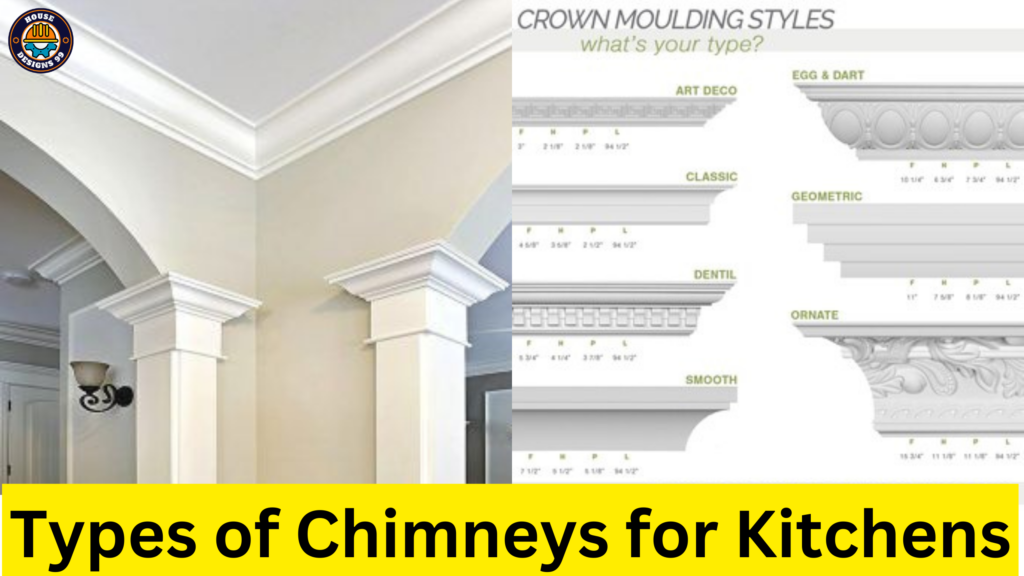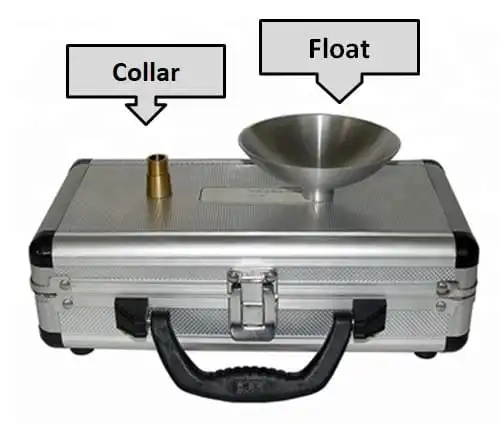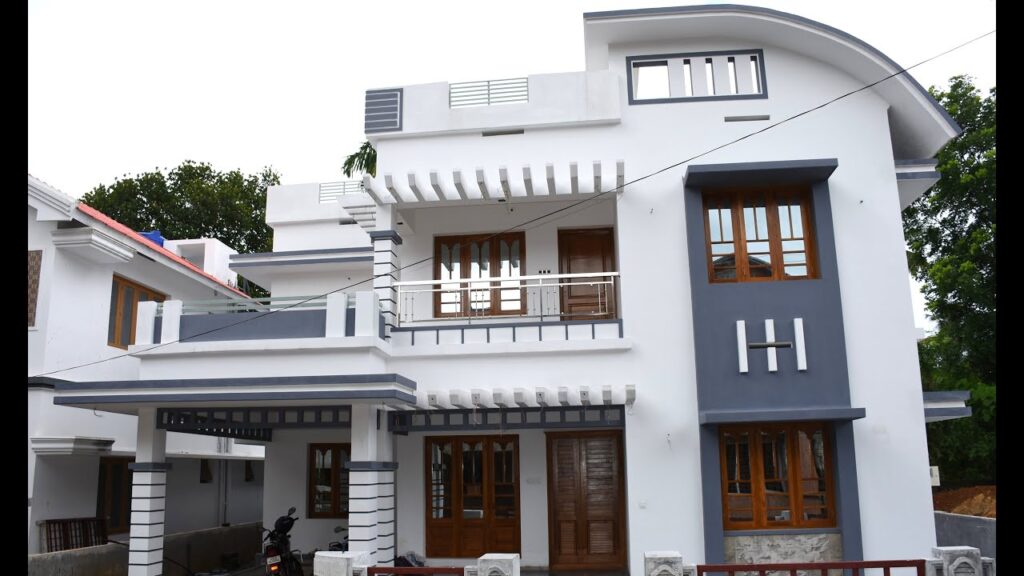Find out more about the many types of crown molding, such as Cove, Dentil, Batten, Casing, Egg and Dart, Wainscoting, Chair Rail, Bead and Pearl, Baseboard, and Picture Rail Crown Molding. Find out how to give your home’s design a little bit of class.
Introduction: Crown moulding may enhance the beauty of your home.
Crown molding is the ideal choice if you want to update your living area and create a sense of grandeur and elegance. Crown molding, sometimes referred to as cornice molding, is a decorative trim that is applied to the top border of walls to provide a smooth transition from the ceiling to the walls. It has been a common architectural feature for many years, and in contemporary residences it still serves as a sign of refinement and wealth.
We will dig into the realm of crown molding in this extensive book and examine several varieties, including Cove, Dentil, Batten, Casing, Egg and Dart, Wainscoting, Chair Rail, Bead and Pearl, Baseboard, and Picture Rail Crown Molding. We’ll explore the special qualities and installation methods for each kind so you may choose your home’s decor with confidence.
Start exploring the fascinating world of crown moulding now!
1 Graceful Curves that Inspire: Cove Crown Molding
The gently curved contour of cove crown molding, which resembles the concave curvature of a quarter circle, is well known. Any area will have a subtle sense of refinement because to this design’s elegant wall-to-ceiling transition. Cove molding is adaptable and goes well with both classic and modern architectural designs.

Cove Crown Molding Installation: A Step-by-Step Guide
- To establish how much moulding is needed, measure the room’s perimeter.
- Invest in top-notch, primed Cove crown molding from a reliable vendor.
- Cut the corners of the moulding pieces at a perfect 45-degree angle using a mitre saw.
- Cover the back of the molding with glue and firmly push it on the wall and ceiling.
- To ensure a flawless installation, attach the moulding with finishing nails.
- Paint the moulding to match your décor and caulk or repair any gaps or nail holes.
2. Dentil Crown Molding: Traditional Elegance with Decorative Blocks
The ornate dentil blocks evenly distributed throughout the contour make dentil crown molding a classic favorite. It is the perfect option for formal and classically designed rooms since these tiny, rectangular blocks give the molding a hint of architectural character and offer visual appeal.

Dentil Crown Molding: A Charming Design
Dentil crown molding is a perfect example of traditional style. The Latin term “dentilis” means “tooth,” and the dentil blocks provide an eye-catching pattern that leads the eye upward, giving your house a feeling of height and grandeur. Particularly common in Georgian and Neoclassical architectural styles is this kind of crown molding.
3. Batten Crown Molding: Adopting Modern Simplicity
Modern crown molding with battens is distinguished by its simple lines and minimalist charm. Batten molding is a great option for contemporary and minimalist interior designs since it lacks elaborate details and curves, unlike conventional crown molding.

Why Opt for Batten Crown Molding?
Batten crown molding emphasises elegance and simplicity. This design will offer a touch of sophistication without overpowering the space if you want a more subtle appearance for your house. The straight lines of batten molding provide the appearance of height, which enlarges and opens up spaces.
4: Casing Crown Molding Offers Versatility and Practicality in One
A special kind of molding that is usually used to trim doors and windows is casing crown molding, sometimes referred to as shingle or brick molding. It adds a touch of elegance while providing a flexible and useful option for covering gaps between walls and door/window frames.
Crown molding in casings is versatile.
Casing crown molding combines the advantages of conventional crown molding with those of door/window casing to fulfil two purposes. It gives the illusion of being smooth and polished while enclosing apertures, adding a decorative touch, and covering up wall edge flaws.
5. A Classic Crown Molding with Egg and Darts
The classical style of egg and dart crown molding is influenced by Greek and Roman architecture. It adds a compelling touch of texture and history to your house with its alternating egg-shaped and dart-like patterns along the profile.
The Importance of Egg and Dart Crown Molding Historically
The egg and dart design has a long history and was formerly employed to decorate the entablatures of temples and civic structures. This exquisite design is still a favourite among homeowners looking to add a little old-world grandeur since it represents ageless beauty even today.
6. Wainscoting Crown Molding: An Elegant Fusion of Texture
Wainscoting crown molding is a unique blend of wainscoting paneling and crown molding that produces a magnificent aesthetic impact. It is the perfect option for formal dining rooms, corridors, and living areas since it gives walls more texture and character.
Wainscoting and Crown Molding for Elegance
The combination of traditional crown molding with wainscoting paneling is ideal in wainscoting crown molding. The wall’s top section, which includes the crown molding, contrasts sharply with its bottom section, which has beautiful wooden paneling. Your interiors get depth and personality thanks to this design feature, which elevates your house.
7. Chair Rail Crown Molding: The Ideal Combination of Design and Utility
As the name implies, chair rail crown molding was originally employed to shield walls from chair backs. Nevertheless, it has developed into a decorative element that separates walls into two unique portions, enabling you to play around with various wallpaper or paint shades.
Chair Rail Crown Molding: Decorating
Crown molding on chair rails has both practical and cosmetic benefits. It shields the walls from any harm brought on by furniture, particularly in places with a lot of activity. It is a popular option for living rooms, corridors, and dining rooms since it simultaneously gives your area a sense of refinement and elegance.
8. A Delicate and Charming Touch: Bead and Pearl Crown Molding
The excellent style of bead and pearl crown molding has little pearls and beads embellishing the profile. This fine detailing gives your house a posh feel and adds a touch of refinement and charm.
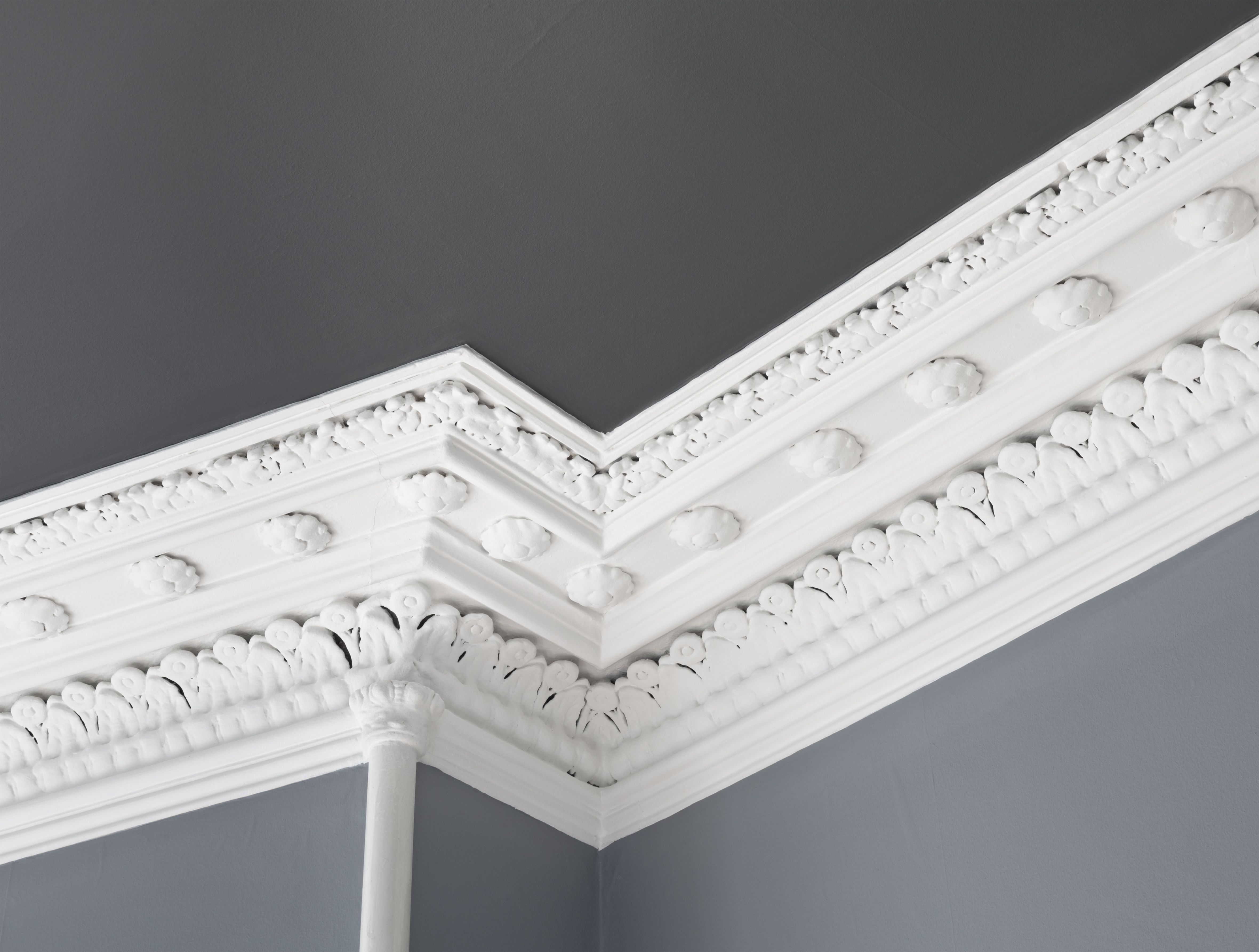
Bead and Pearl Crown Molding Creates a Luxurious Ambiance
Crown molding with beads and pearls has a vintage appearance that is often seen in Victorian and Edwardian residences. The beautiful beading and pearls give your homes an extravagant and luxurious vibe that gives them a timeless quality. For homeowners wishing to create a royal and beautiful atmosphere, this design is ideal.
9. Baseboard Crown Molding: A Decorative Base for Your Walls
Baseboard crown molding, sometimes referred to as base cap molding, is a simple yet crucial component in
inside decorating. It provides a smooth transition between the two surfaces and is positioned at the base of walls where they touch the floor.
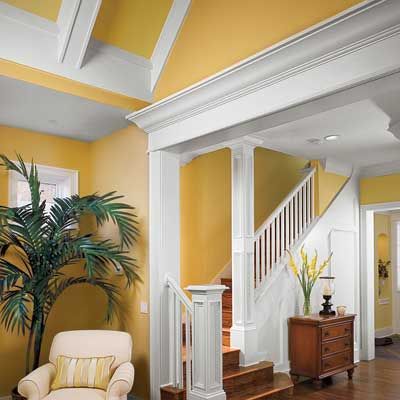
Baseboard Crown Molding’s Understated Beauty
Even though baseboard crown molding is subtle, it is essential for framing and completing your walls. Your walls’ bottoms will seem deeper with this design, giving them a more solid and well-organized appearance. Furthermore, baseboard crown molding shields your walls from furniture and foot activity to keep them immaculate.
10. Picture Rail Crown Molding: Enhancing Your Creative Display
Without the use of nails or hooks, picture rail crown molding, also known as picture hanging molding, may hold and show artwork. It is a useful and stylish way to display your favorite artwork or photos.
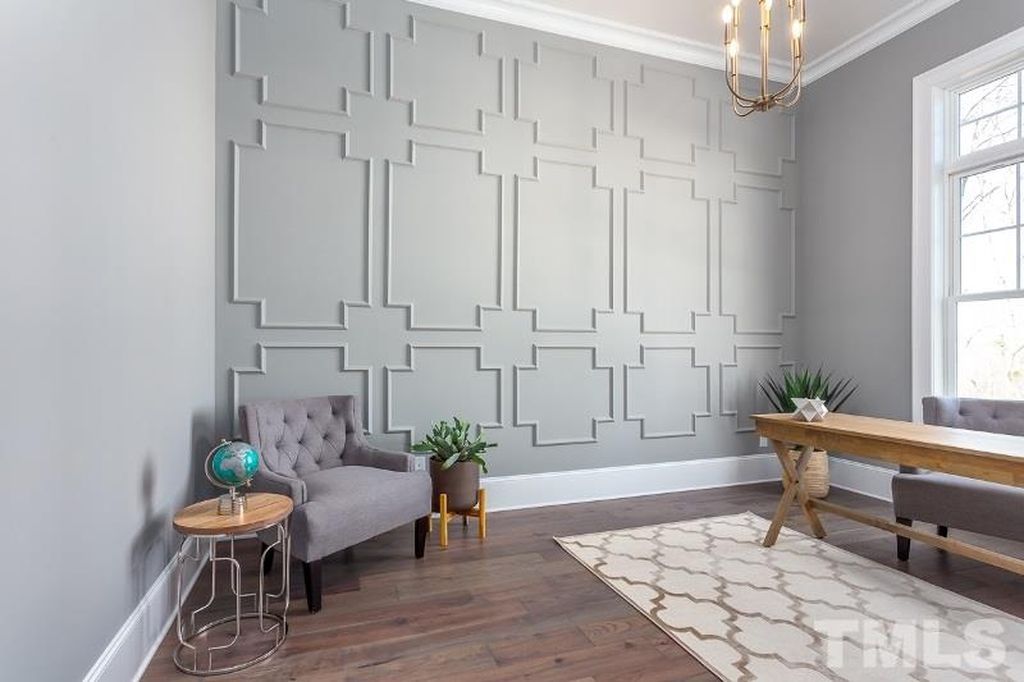
Using Picture Rail Crown Molding to Display Art
You may create a gallery-like exhibition with picture rail crown molding without having to worry about harming your walls with nails or screws. You can quickly rearrange or change the pieces of art anytime you like by simply hanging them from the picture rail using hooks or cables. This design is ideal for collectors who like curating their works of art.
FAQs:
Q. Should I pay a professional to install the crown molding, or can I do it myself?
For novice homeowners, installing crown molding may be a tough undertaking. To produce smooth results, precise cutting, measurement, and a steady touch are needed. You might try it if you have prior carpentry and do-it-yourself project expertise. But using a specialist will guarantee a perfect installation and save you time and hassle.
Q. Is crown molding appropriate for rooms with low ceilings?
Crown molding may still look great in rooms with lower ceilings, despite the fact that it is often associated with taller ceilings. To avoid overpowering the room, use molding that is smaller and less complex. Your ceilings may look higher than they really are if you use crown molding to provide the appearance of height.
Q. What kind of crown molding enhances contemporary decor?
Crown molding with battens is a great option for contemporary spaces. Its simple style and minimalist appeal go well with modern design motifs. Furthermore, a simple cove crown molding may also be effective, adding a delicate touch of beauty without being unduly elaborate.
Q. Can crown molding be used in kitchens and bathrooms?
Yes, crown molding may be utilized to lend a posh and sophisticated touch to bathrooms and kitchens. But make sure the molding material is suited for these settings and resistant to moisture. Crown molding made of PVC or polyurethane is often used in damp locations because of its toughness and resistance to moisture.
Q. How do I choose the proper crown molding size for my room?
The size of the space and the height of the ceilings will determine the appropriate size of the crown molding. Larger spaces with higher ceilings may often handle more substantial crown molding designs, whilst smaller spaces with lower ceilings should choose smaller, less obtrusive molding profiles.
Q. Can I paint crown molding after it has been installed?
Yes, crown molding may be painted to match your decor after installation. Prior to painting the molding, make sure it is clean and dry and use high-quality paint. Consider using a tiny brush for thorough work on complex molding patterns.
Conclusion: Crown molding’s majesty
A timeless architectural masterpiece that adds a touch of refinement to any house is crown molding. There is a crown molding type to fit every taste and interior design concept, whether you want the timeless allure of Dentil or the streamlined simplicity of Batten.
You may decide how to enhance the attractiveness of your house and build a room that oozes refinement and grandeur by learning about the many varieties of crown molding and their distinctive qualities.
Witness the enchantment that crown molding adds to your living areas by taking the first step towards renovating your house!
============================================

